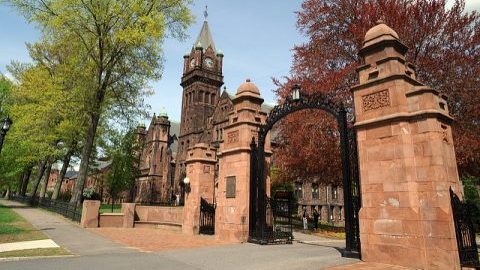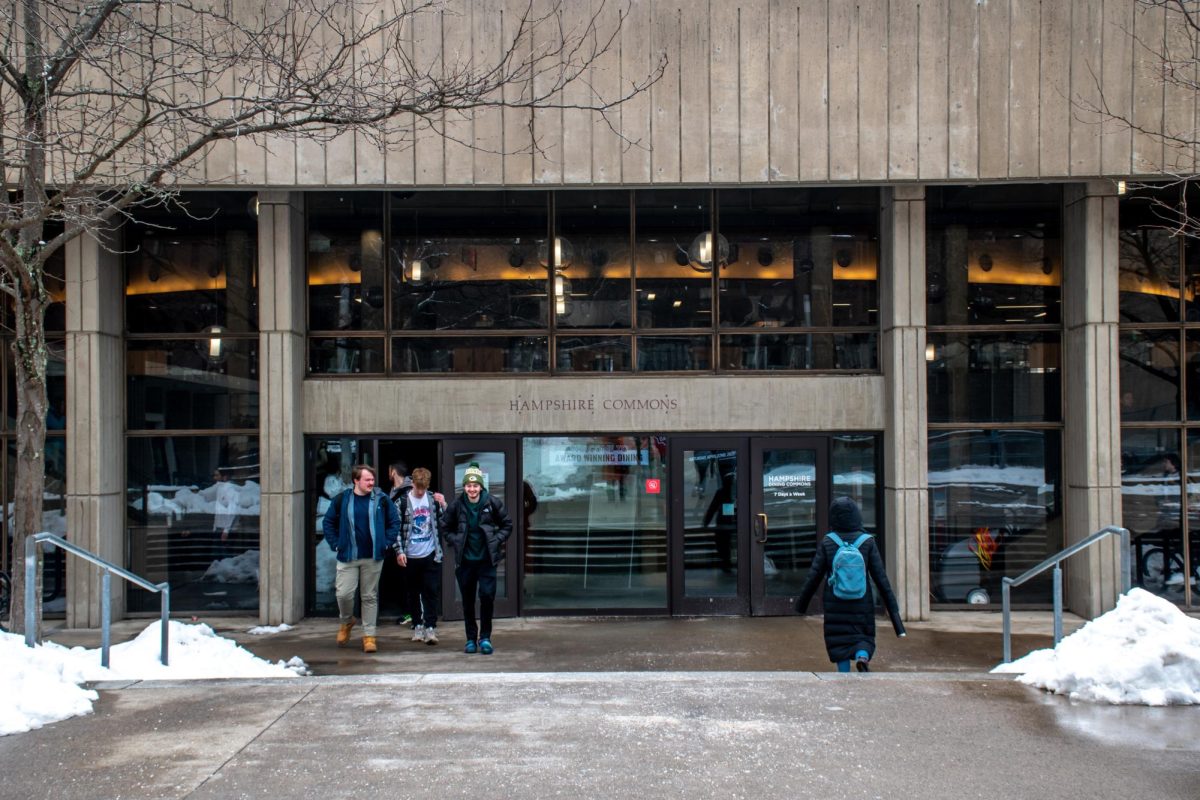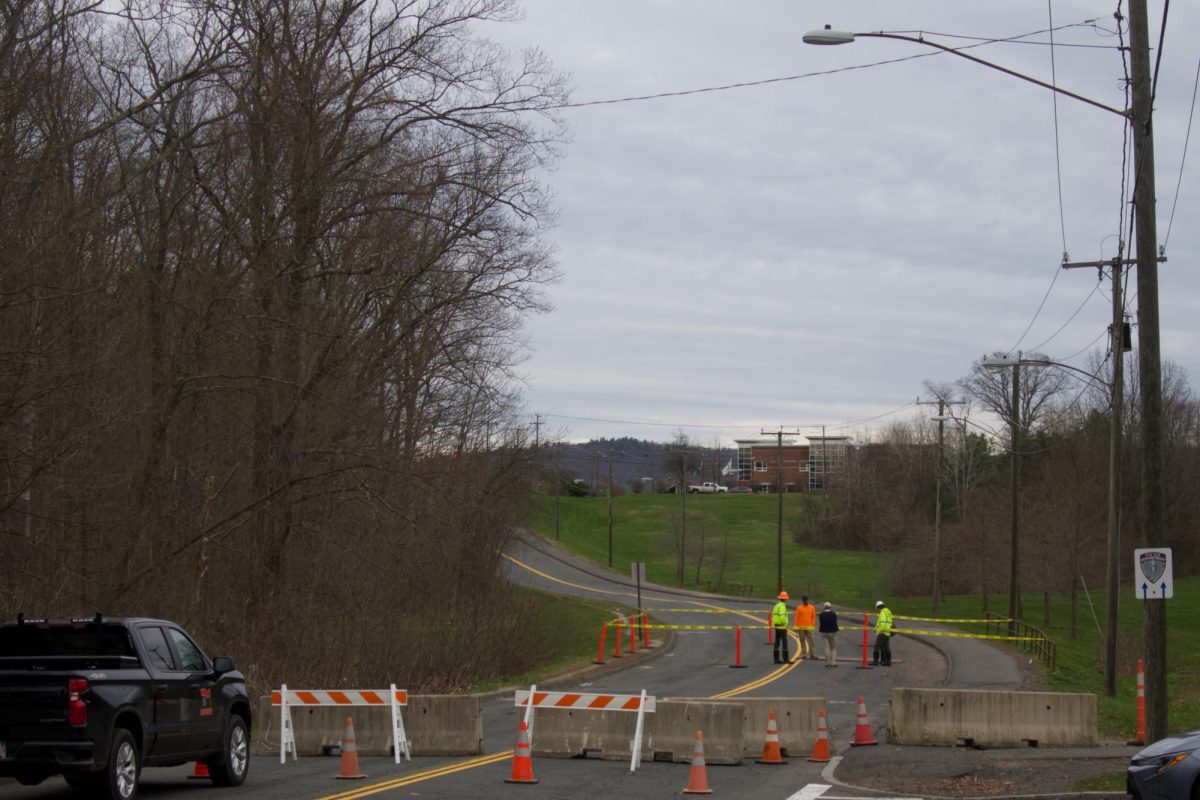Climate Action Now held their monthly gathering at the Unitarian Meetinghouse in Amherst on Monday, January 22. Members of surrounding communities came together to discuss logistics of a new proposed pipeline in Holyoke and what they can do to solve tensions surrounding its potential implementation.
In 2014, Columbia Gas placed a moratorium—a suspension of activity—on new gas connections to the Northampton lateral pipeline, which supplies to Easthampton, Holyoke and other surrounding cities. This past November, Columbia Gas offered to build a six-mile pipeline from Agawam to Holyoke in exchange for lifting the moratorium, calling the proposed pipeline a “reliability project.”
Joseph Dwork, a University of Massachusetts alumnus who graduated with a degree in environmental science, is a community member living in Hadley who is an active member of Climate Action Now (CAN). He is especially interested in the information on the Columbia Gas Reliability Project.
According to Dwork, activism is a lifestyle.
“Once you acknowledge there is a problem, you have to live a life fighting fossil fuels,” he said.
If the proposed pipeline went through, this would allow methane to be accessed directly to Holyoke; new gas connections would also be reinstated in Northampton and Easthampton.
“Let’s just keep remembering we are in a climate emergency,” said Marty Nathan, co-convener and member of the steering committee of CAN.
This proposed six-mile pipeline would allow more gas to be burned for 40 years.
“We cannot afford to burn any more gas,” she continued.
According to Nathan, Columbia Gas believes that the supply to the Holyoke area is not enough to meet the demand. However, Nathan said that they have yet to supply the numbers to support their argument.
“The plan is to work with people in Northampton, Holyoke and Easthampton to get municipal support to reject the pipeline,” Nathan said. “If all three towns reduce their gas usage, Columbia Gas would not have to say they need to build more pipeline.”
Nathan continued to state that “burning methane or ‘dirty gas’ is not the fuel people thought they could rely on. Methane is 84 times the amount of weight and toxicity compared to Carbon.”
The 2014 hold on new gas connections pushed Northampton, Easthampton and surrounding cities to turn to renewable energy solutions.
Alternatives to burning methane are energy conservation and conversion to renewable energy in the Connecticut River Valley, according to Nathan.
Programs in Northampton, such as Ener-G-Save and HeatSmart, help residents and businesses reduce energy bills and greenhouse gas emissions. Nathan said this low-cost, energy efficient approach can be done on a larger scale.
Irvine Sobelman from Northampton and Terisa Turner from Lake Pleasant, both members of CAN, went down to Pittsburgh, Pennsylvania for the People vs. Oil and Gas Summit this past November. The four-day conference was one of the largest gatherings of communities fighting back against fossil fuels. Three hunded to 400 people represented different groups and organizations against fossil fuel.
“I was able to get a better understanding after talking to the people in the frontlines who have fracking in their backyard,” Sobelman said.
CAN hosts meetings on the fourth Monday of the month, alternating between the Unitarian Meetinghouse in Amherst and the Unitarian Society of Northampton and Florence.
Courtney Spera can be reached at [email protected].




















Ed Cutting. EdD • Jan 24, 2018 at 4:59 pm
“Nathan continued to state that “burning methane or ‘dirty gas’ is not the fuel people thought they could rely on. Methane is 84 times the amount of weight and toxicity compared to Carbon.”
.
No
.
Methane has 84 times the “greenhouse gas” effect of Carbon Dioxide, but that’s only if you don’t burn it.
Hence it’s better to burn this stuff than let it naturally seep into the atmosphere.
.